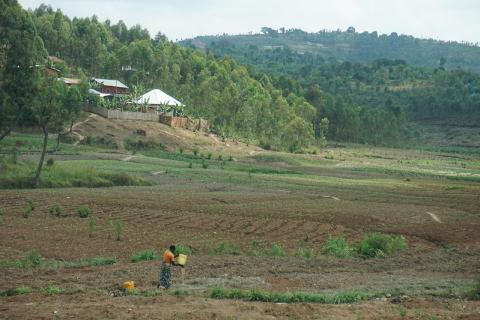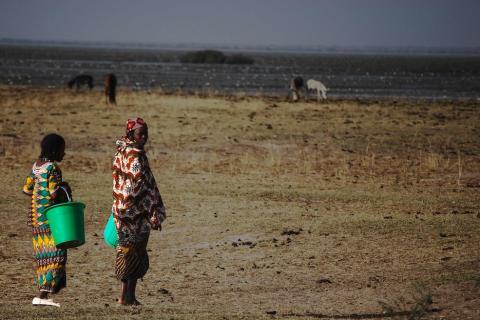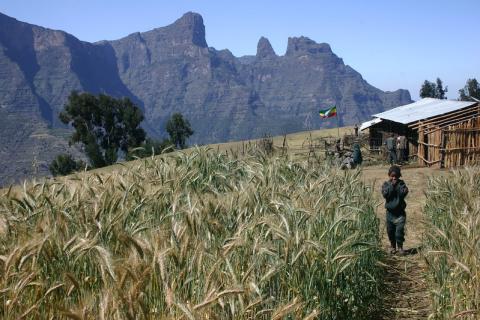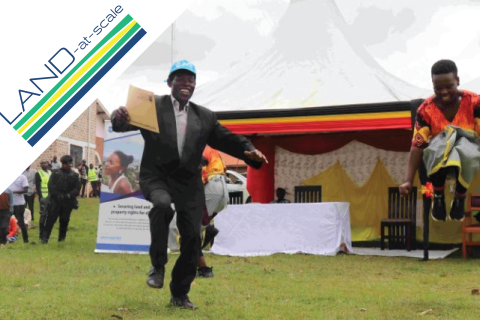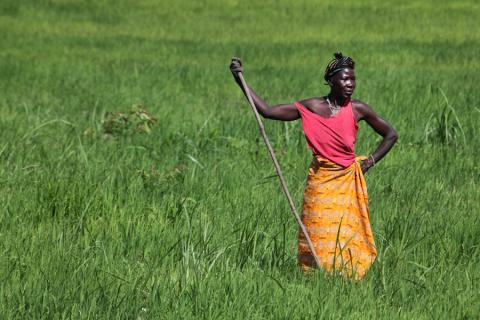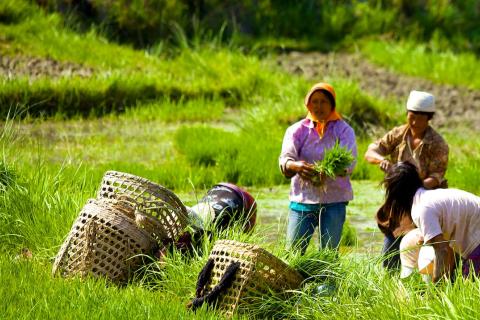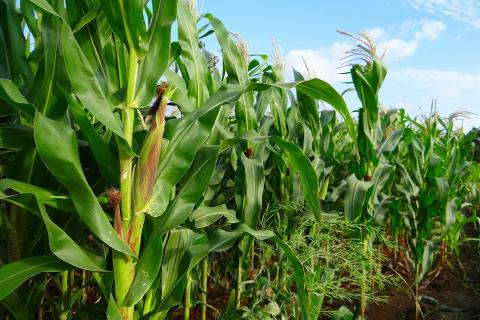Data Stories from the Land Portal
Displaying 1 - 12 of 19Climate change, conflict and displacement across the Sahel
Promises and realities of land formalization in Africa
Has land formalization - as a type of land reform - delivered on the promises of improving tenure security, agricultural productivity and women's land access? Learn more in this data story.
The complexities of measuring the impact of land projects
This data story reflects on the complexities of measuring the impact of land governance projects and summarize some of the best practices on impact evaluation from the well-known guidelines on the topic.
Data Story: What makes and breaks achieving women's tenure security
Celebrating Women's International Day, we take a tour to Sierra Leone and put our lens on specific factors that affect women's perception of being insecured in their lands. This data story is based on fresh data from partner organisations Green Scenery, Resource Equity and the University of Groningen.
Data Compatibility in Linking Land Degradation and Tenure Security
This data story investigates the challenges to align action on land degradation and tenure security based on the screening of available datasets in both domains.
The Voluntary Guidelines: A Data Deficit?
A Story about Maize: Tracing a value chain from land-use to supermarket shelf
This Land Portal data story looks at the increase of maize production in and around Thailand, and its relation to a poultry value chain as an ingredient in animal feed.
Double dispossession? A history of land and mining in South Africa's former homelands
This Land Portal data story explores the history of double dispossession in South Africa, from the colonial and apartheid era until contemporary times due to mining investments.
New Data Story: Communities, Carbon and the Climate Crisis
Indigenous Peoples and local communities have successfully stewarded biodiversity rich landscapes for generations, helping to conserve and protect forests and other critical ecosystems while pursuing their own self determined priorities and livelihood needs. However, in the absence of legally recognized rights to their lands and forests, forest communities face an increasing array of threats from growing local and global demand for land and resources.
Deforestation in Cambodia: A story of land concessions, migration and resource exploitation
Since the turn of the century, 27,000 km2 of land in Cambodia has been deforested. This is 14.8% of total land area in the country. It also represents 26.4% of forest cover as existed in 2000.
An acceleration in deforestaton is seen from the early 2000s to 2010. For the land‐grab aficionado, the trend runs parallel to the ‘global land rush’ and mirrors the evolution of agricultural commodites prices.

